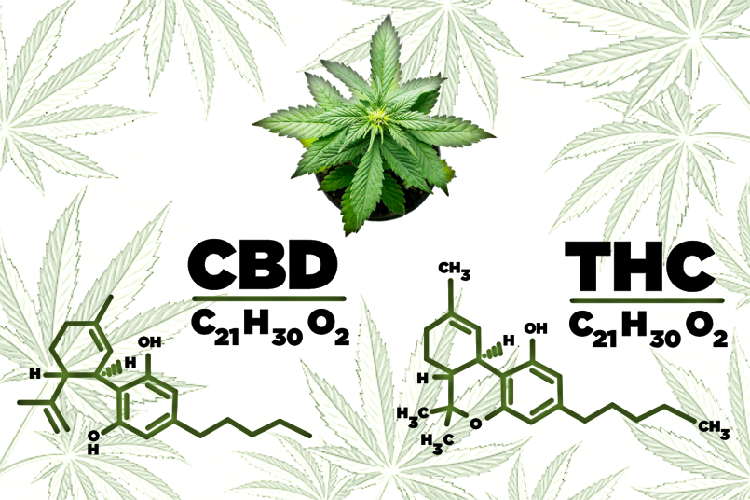Have You Been Having Gastrointestinal Problems?
Sometimes, people might develop an intolerance to the digestion of lactose (the sugar in milk or milk products) in adulthood.
Even if nobody else in your family suffers from lactose intolerance, it is possible to develop issues with dairy suddenly and without warning. After a lifetime of enjoying ice cream, cheese, milkshakes, and yogurt, it can be traumatizing to learn that dairy has turned on you, and you can’t digest it without taking digestive enzymes, and eating dairy in moderation with strict monitoring of intake.
If you have noticed that you have developed problems with your gut, and it seems to correlate with days that you have eaten or drank dairy, you might wish to seek further testing.
The most common symptoms of an intolerance to lactose involves bloating and abdominal cramping within two hours of ingesting dairy. Bouts of cramping will likely also come with diarrhea, or even vomiting. Flatulence is another very common sign of a problem after eating dairy.
Lesser Known Symptoms
More subtle symptoms come in the form of episodes of constipation. By adversely affecting the motility of the colon (the muscular waves that normally help the smooth tissue of the intestines move the byproducts of digestion along), the resulting constipation may confuse the real problem which is having lactose intolerance.
Another symptom that isn’t always mentioned and can be confused with other issues is the appearance of fatty or greasy stools. These stools will appear outwardly greasy, sometimes orange in color, and will float on the water as oil would. Oily stools can point to other big issues such as celiac disease, so this symptom is something that should be addressed with a doctor, no matter what, to determine the cause.
Itchy patches of the skin that might resemble eczema might point to an intolerance to dairy. Though this is lesser-known, a dairy intolerance can be triggered by other allergic responses, and thus the pruritic skin problems of itching, flaky or red patches of skin.
If this is the only symptom, however, you might want to consult a doctor for further testing before cutting dairy from your diet. If you are mistaken and remove dairy when you aren’t allergic or intolerant, you risk losing the benefits of a high calcium diet, as well as not resolving the true cause of the itchy skin.
The Importance of Changing Your Diet Correctly
If it is determined that you are intolerant to dairy, supplemental lactase can be bought over the counter to enjoy the occasional dairy product, with some help from the lactase tablets. The amount of dairy must be limited, however, or the nasty symptoms will crop up within a couple of hours – with or without enzyme supplements.
It’s important to replace the lost calcium in the diet with other foods, or calcium supplements. Important fatty acids that are usually found in milk products should also be replaced in supplement form. Keeping up good nutrition is very important, especially if you relied upon dairy for a lot of your dietary needs before realizing that you were intolerant.
If this is hard for you to figure out on your own, consult a dietician or a doctor to give you a hand with this major change in your dietary habits.
Switch to milk substitutes that also contain calcium and vitamin D. Almond milk, hemp milk, and soy milk are all popular substitutes. There are tons of ice cream substitutes available to the lactose intolerant, as well, and there is milk that contains lactose on the market for those who can’t completely kick their milk habit.






